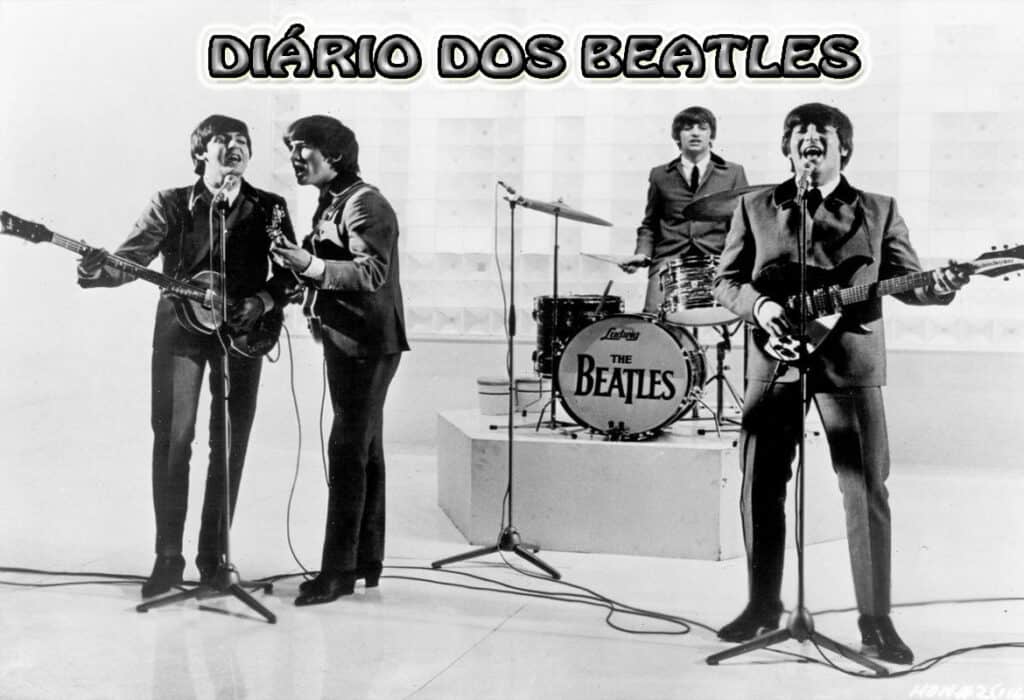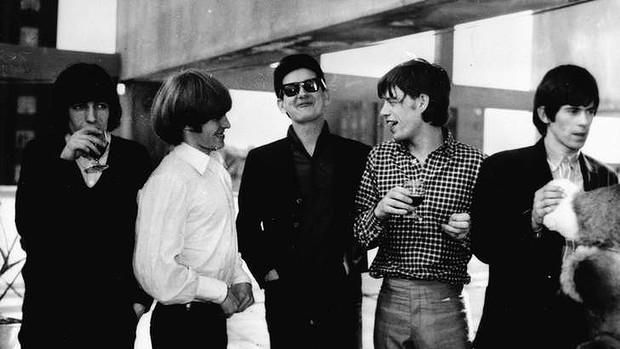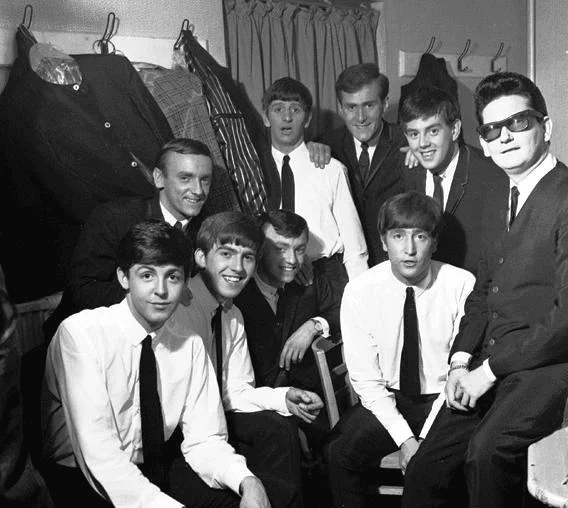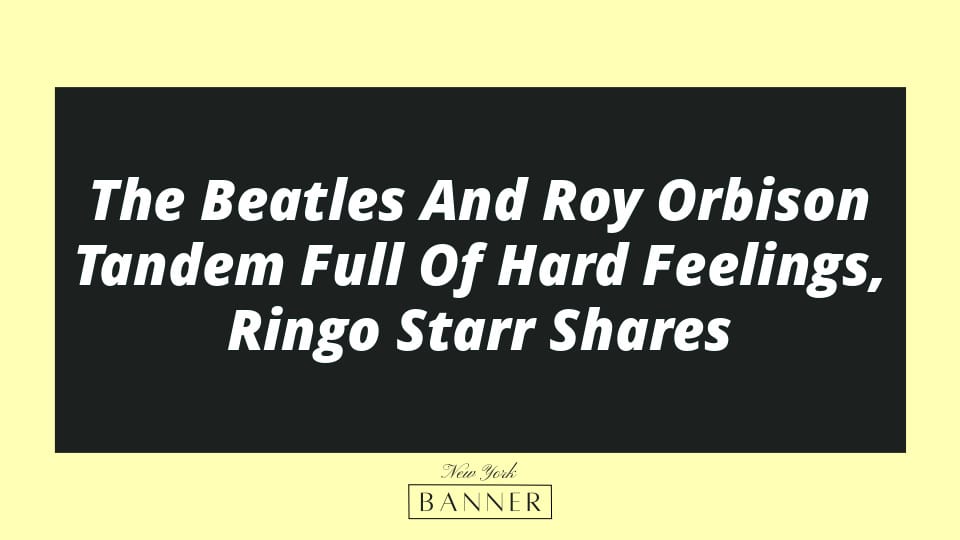Indeed, we are blind to what's happening behind the scenes.
The Beatles were touring with Roy Orbison in 1963 when the first sparks of Beatlemania began to ignite. Due to his popularity, Orbison was initially slated to be the final performer of the tour; however, by the time The Beatles went on tour, they were so popular that it made no sense for anyone to follow them.

This resulted in Orbison performing before the band took the stage, which Ringo Starr confessed the band despised. The Beatles were established in 1960, and by 1963 their popularity in the United Kingdom was skyrocketing.
They toured the United Kingdom with several artists, including Orbison, and at this time, Orbison was an established, successful artist with songs such as “Crying” and “In Dreams.” Initial plans called for Orbison to close the performance and The Beatles to perform before him.
Before their tour, however, their popularity had surpassed his. They altered the tour’s order so Orbison would perform before The Beatles. Despite their incredible popularity, The Beatles revered Orbison’s talent.

George Harrison shared, “He had so many hit songs that people could sit and listen to him all night. He didn’t need to do anything; he didn’t even need to twitch his legs; he was as still as granite. Even when he struck those high notes, his lips were the only thing that moved; he never strained. He was quite a marvel, unique.”
However, due to Orbison’s brilliance, The Beatles found him difficult to follow. He had a magnificent voice and was adept at engaging the audience, and each night, the musicians waited backstage and listened to his thunderous applause.
Starr said, “It was awful following him. He would slaughter them, and they would demand more. We were all backstage in Glasgow, listening to the rapturous ovation he was receiving.” Starr stated that despite their concerns, they were always able to take the stage successfully after their pre-show anxiety.

“He was only using his voice,” he explained. “Singing while standing still and doing nothing. He was putting them to sleep. As our turn approached, we would conceal ourselves behind the curtain and whisper, ‘Guess who’s next? It’s your favorite rave!’ But once we were on stage, everything was always fine.”
Orbison’s brilliance is undeniable, but The Beatles had little to fear at this point in their careers; although Orbison could win over the audience, he knew he faced an impossible battle when he took the stage. He instructed his band to commence the songs pianissimo or softly so that the audience of screaming Beatles fans could hear him, and once he had their attention, he began a standard set with a surge.
Orbison knew how to manipulate an audience, but he had to prove that most of the crowd was there to see The Beatles. When they reached the stage, the crowd’s screams were so loud that it was difficult to hear the music. Even if Orbison had performed the most incredible set of all time, The Beatles could have done little to forfeit the audience’s favor.

